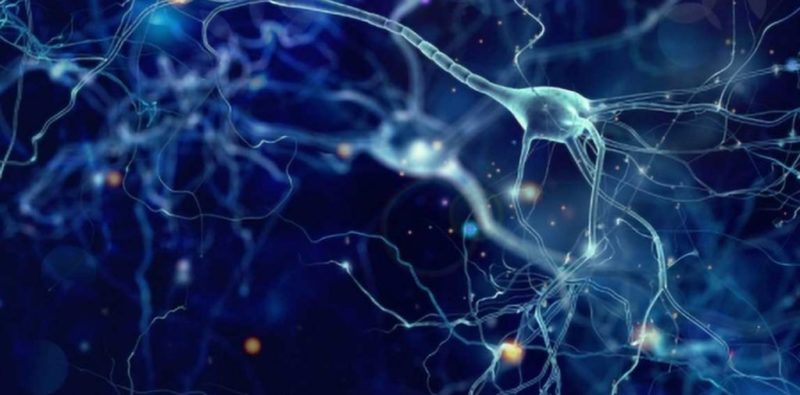I ricercatori identificano il meccanismo attraverso il quale si diffonde la tau, facendo avanzare la speranza per trattamenti futuri

As research into the connection between the protein tau and neurodegenerative diseases such as FTD continues to increase, a recent study into the mechanisms by which the protein spreads could help set the stage for future treatments.
Scientists have long connected the abnormal accumulation of tau in brain cells to the progression of neurodegenerative diseases such as FTD and Alzheimer’s, but the question of how toxic forms of the protein moves between neurons remains unanswered.
In uno studio pubblicato sulla rivista Natura, researchers at the University of California, Santa Barbara share findings that suggest one way in which toxic forms of the protein travel from neuron to neuron, leaving malfunctioning, dying brain cells in its wake. While the results are only applicable to cells and mice at this point, and do not yet translate to treatments, the research hints at a potential way to control the spread of pathological tau.
“The discovery of a mechanism by which tau transits from cell to cell provides a clue that will open up a deep structural approach to the design molecules that can prevent tau spread,” UC Santa Barbara neuroscientist Kenneth S. Kosik said in a comunicato stampa.
Evolving research into tau continues to help shape our understanding of the protein and its role in the progression of neurodegenerative diseases. In February, AFTD-funded research, led by Anthony Fitzpatrick, PhD, of Columbia University’s Mortimer B. Zuckerman Mind Brain Behavior Institute, provided new and important insights into the protein’s structure that could advance the fight against FTD and other forms of dementia.
clicca qui to read more about the UC Santa Barbara study.
Per categoria
Le nostre newsletter
Tieniti informato
Iscriviti ora e tieniti aggiornato sulle ultime novità con la nostra newsletter, gli avvisi sugli eventi e altro ancora...
